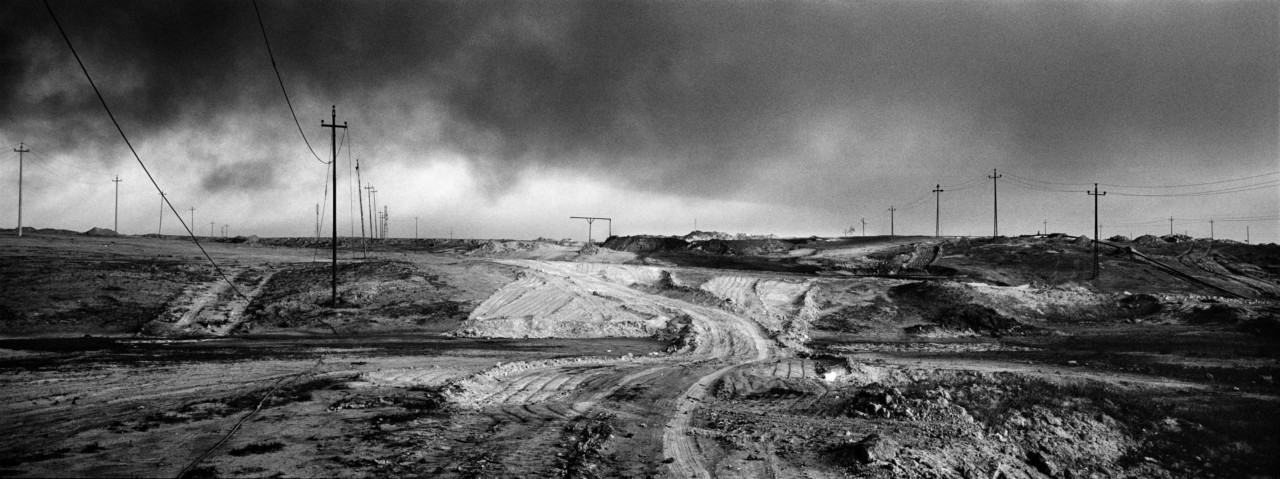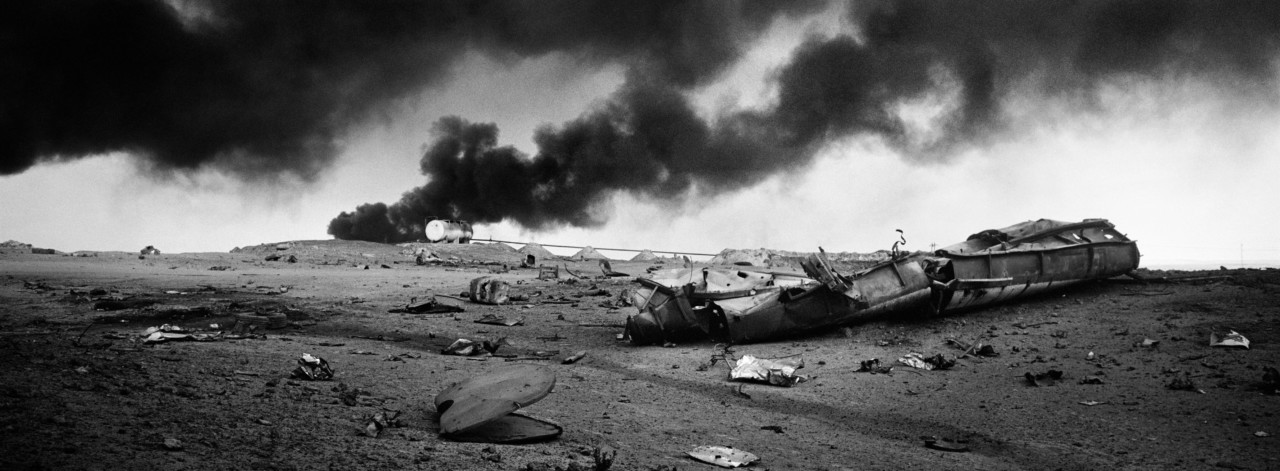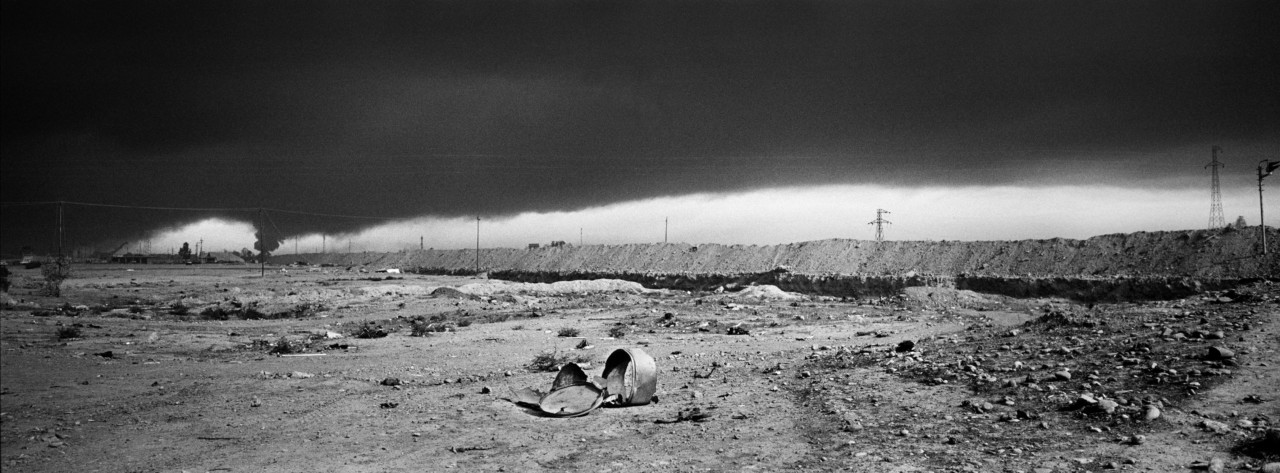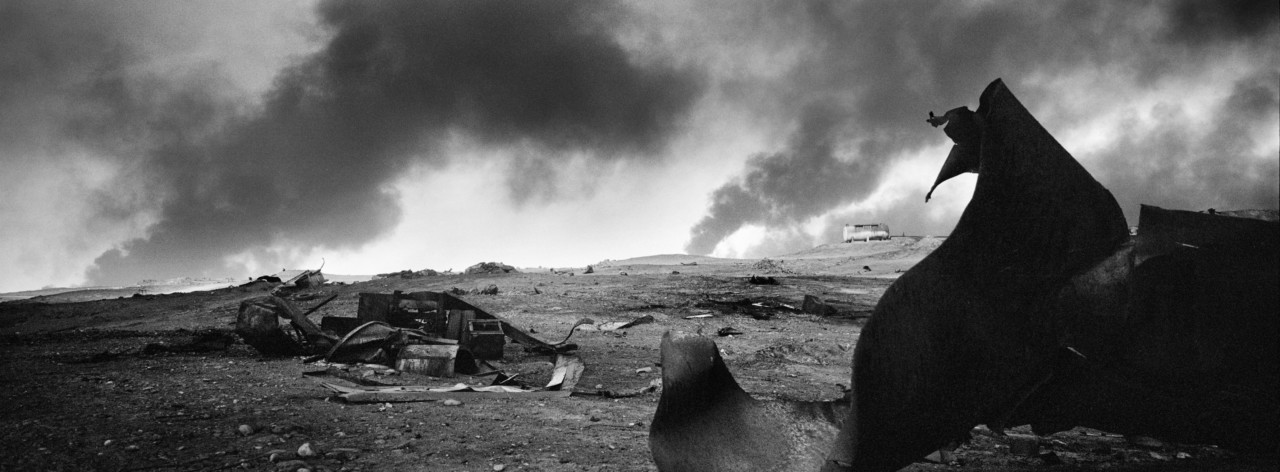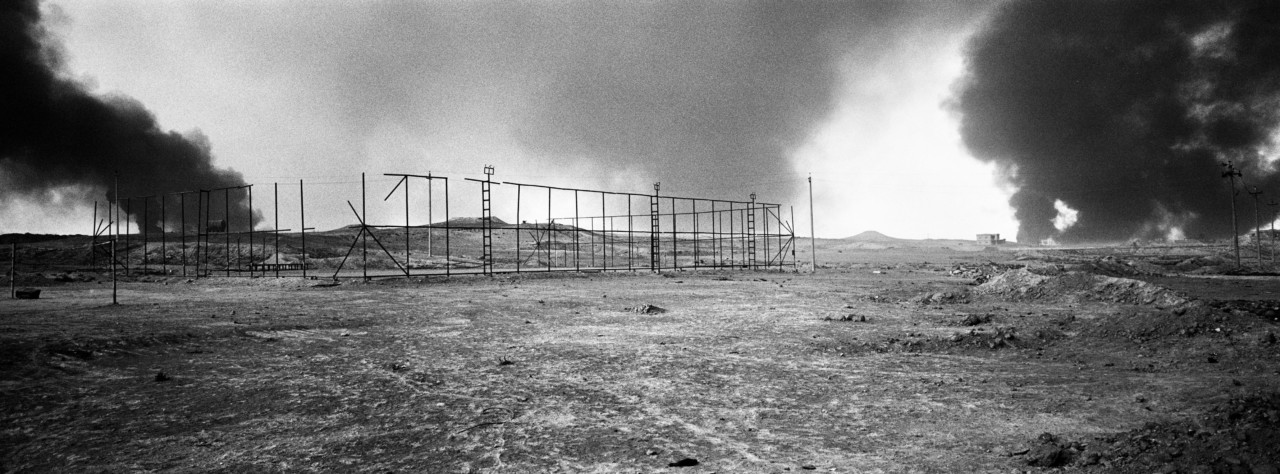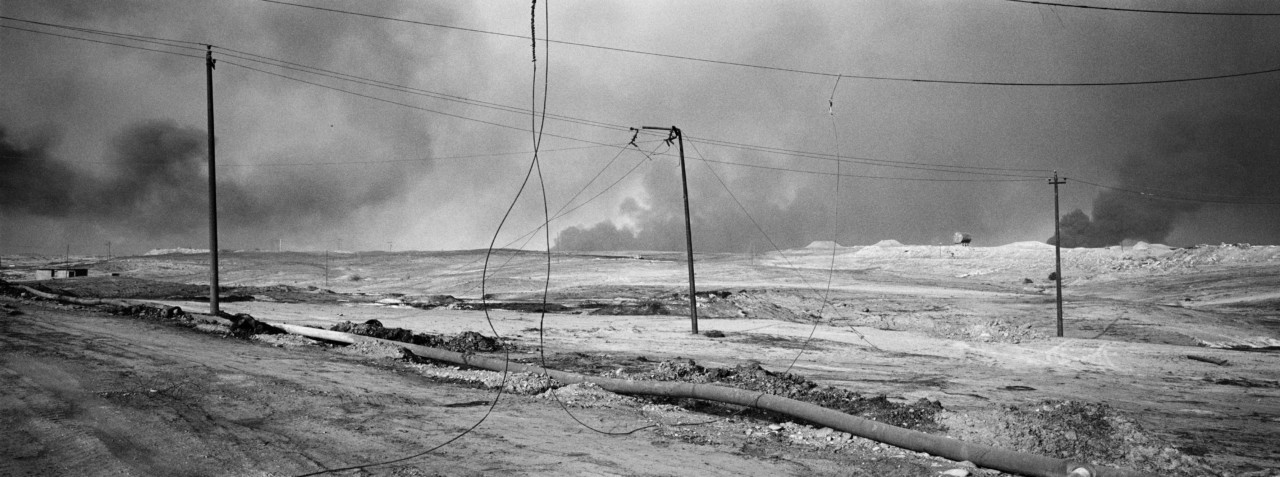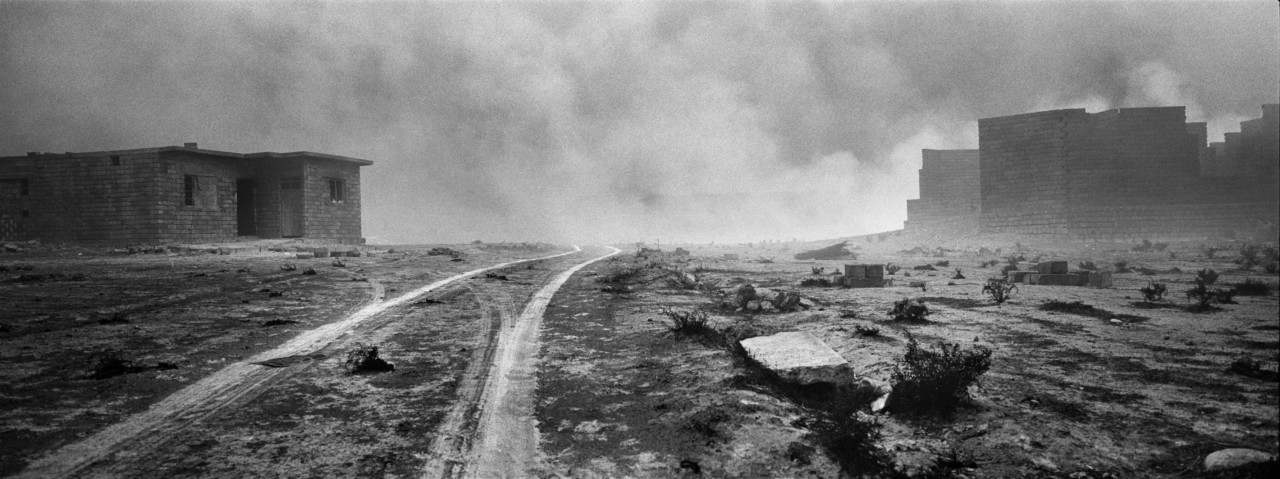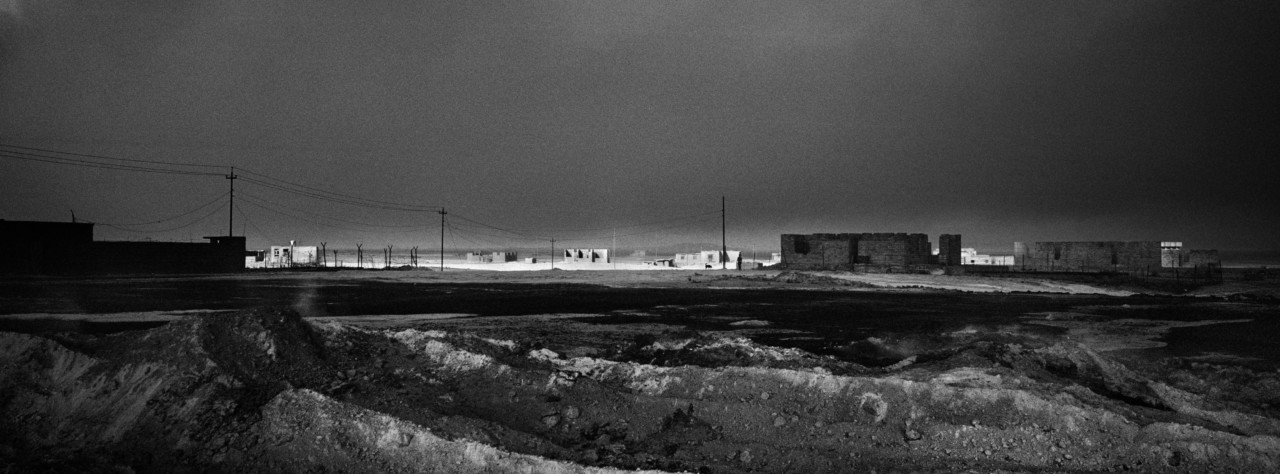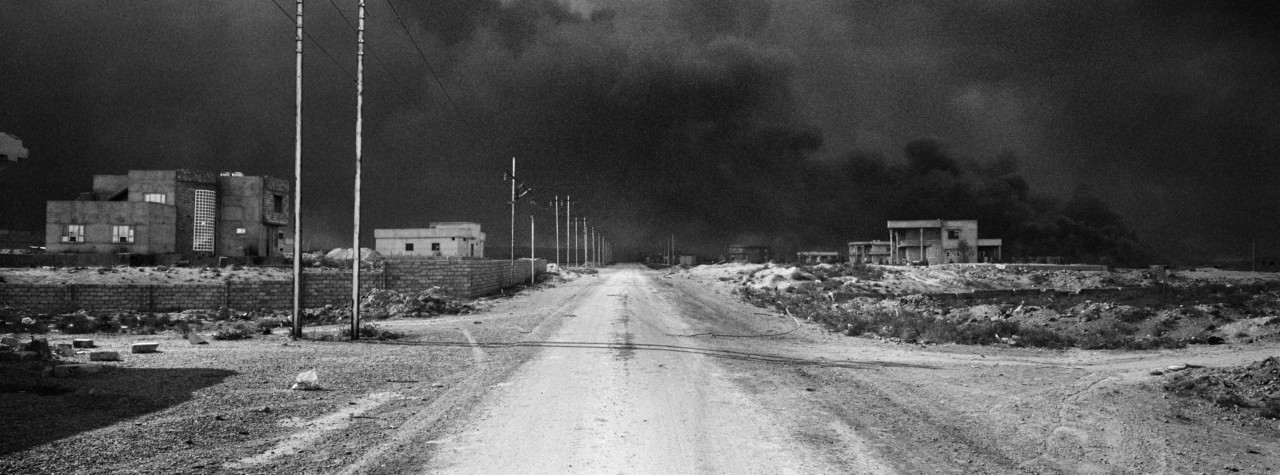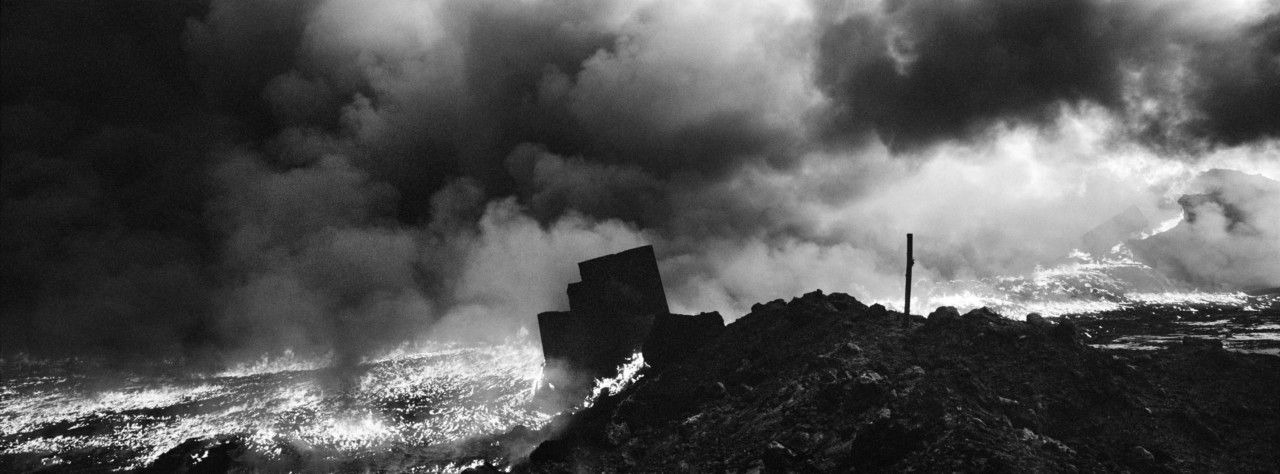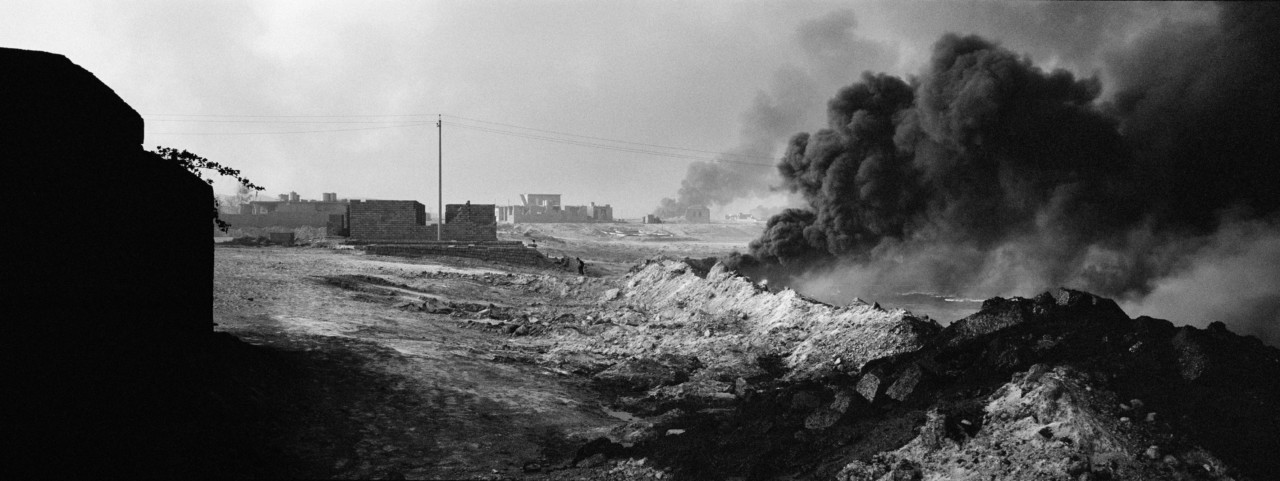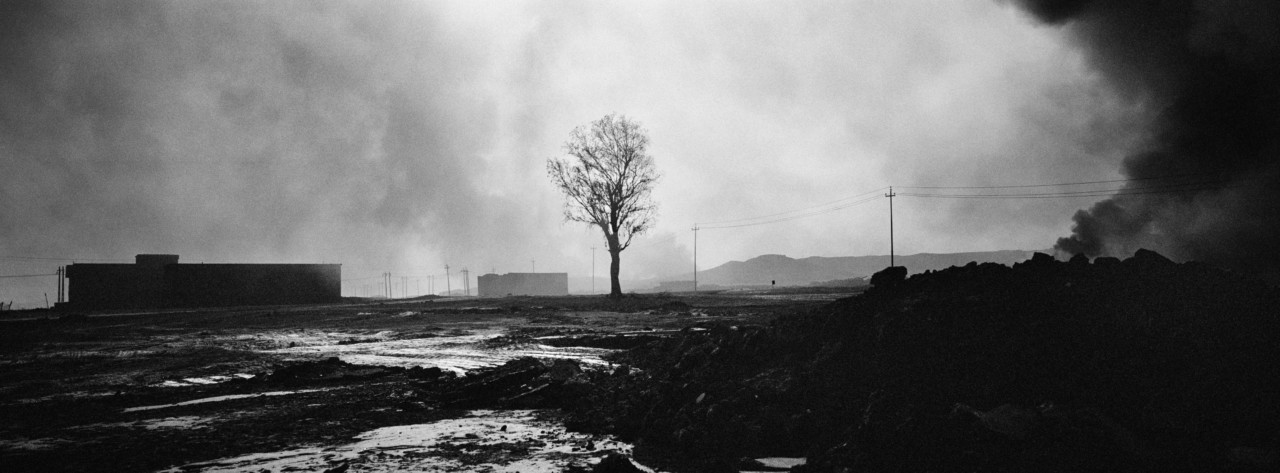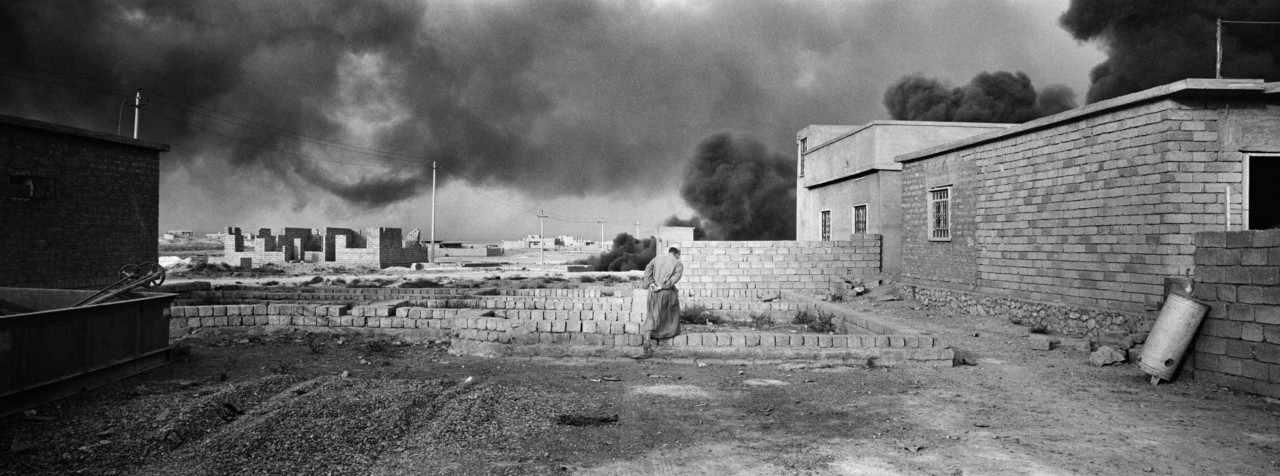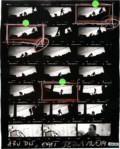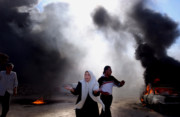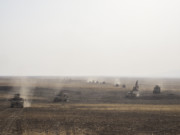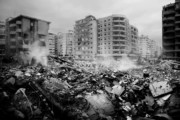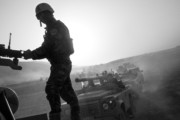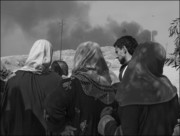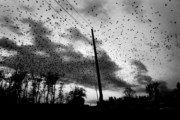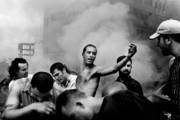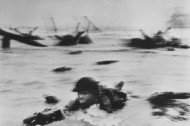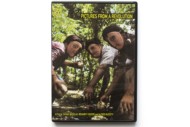Vantage Point: Panoramics of a War-Torn Iraq
Paolo Pellegrin explores the landscape of conflict at the second front of the battle against IS
The campaign to retake Mosul from IS (Daesh) has been raging since mid- 2016, and, as a result, hundreds of thousands of displaced people have been seeking refuge, leaving the city as the battles to oust IS have pushed further and further into the last remaining districts. As of 20 May 2017, IS fighters were still in control of 12 square kilometers of the city, including the Old City, and the conflict is expected to intensify in a last push in the coming days.
Stepping outside of the city, in this series of panoramics by Paolo Pellegrin, we explore a different angle to the conflict. While working in Iraq documenting the fighting in Mosul, in late autumn 2016, Pellegrin also worked on a series of photographs of the wider conflict area taken from higher vantage points. In particular, his lens focused on Qayyarah, south of Mosul, providing a bird’s eye view of how the conflict has scarred and transformed the land.
"There is a relationship between this broad landscape and what you imagine life is like within that landscape"
- Paolo Pellegrin
Qayyarah, located on the western bank of the river Tigris, is an oil-rich town. From early July, under coalition bombing, IS, anticipating defeat, started to torch oil wells alight, covering their retreat while destroying the region’s riches before leaving–fires that have raged for months after IS’s exit from the region. These are the landscapes Pellegrin photographs, soot-stained, sandy scenes capped by billowing plumes of smoke. The consequences for residents in the area were nefarious. Pellegrin recalls, “of course they experience horrible respiratory problems.”
Caused by explosive devices, putting these fires out is difficult and risky. Iraq’s North Oil Company has been trying to extinguish the blaze for months. Black smoke prevents the light from filtering through, while reaching the sites of the fires themselves is made difficult by the hundreds of IEDs planted by IS fighters before their retreat which need to be disarmed. This battle against the flames is nicknamed Iraq’s ‘second front’ in the conflict against IS.
"It is a question of speed of destruction. Conflict’s impact is so much more immediate and readable."
- Paolo Pellegrin
Speaking to Pellegrin about his work, the photographer explains how his approach was different in making this work. The sweeping scenes provide a much broader idea of what the landscape of war looks like, a counterpoint to the close-up images of human suffering and armed conflict that often populate the news. “There is a relationship between this broad landscape and what you imagine life is like within that landscape. Even though life is not necessarily pictured, it’s present,” says Pellegrin.
About his choice of panoramic format, he explains that the vastness of the panorama enables him to “take in more of the landscape.” For the viewer, the panorama almost forces a lateral reading of the image from left to right, right to left, or centre to the sides, creating a different experience of photography that, ideally, makes “the viewer slow down and explore the frame…” Pellegrin speaks of wanting to make “a type of photograph that slows you down, the opposite of TV… In a sense, it’s asking the viewer to produce an effort when he or she engages with the photograph.”
This approach is part of an on-going body of work by Pellegrin aimed at “addressing man’s relationship with space through human-altered landscapes.” The panoramic view emphasizes the magnitude of the landscapes, and comes with a degree of irony, reflecting the smallness and vulnerability of human life on the planet.
He continues, “the panoramic format and perspective are also key, as they give ‘space’ to the viewer to take in the scale of intent and transformation… With their bird’s eye – or maybe drone-eyed – view comes a vantage point of understanding: the precarious attempts to colonize hostile lands, the tremendous efforts to render deserts briefly fertile, or the arbitrary partitioning of territory with walls. These are fragile and questionable human achievements, always on the razor’s edge of being obliterated by the next political decision, the next war or the next storm.”
Conflict has a particular impact on the landscape. Pellegrin says “It is a question of speed of destruction. Conflict’s impact is so much more immediate and readable. With things like global warming or the acidification of the oceans, you know they exist from research and you can photograph them, but conflict is much more violent and immediate.”
In Qayyarah, by early April 2017, the burning oil wells were more or less under control. There had been 25 roaring fires in the wells; by the spring, there were only two fully ablaze. The toxic fumes still hang heavy in the air, long after the fires have been put out. Qayyarah, now liberated, hosts the largest Iraqi displacement camp in the country, housing those who continue to be displaced by the on-going fighting. But inside the camp, the toxicity of the air makes everyone sick.


